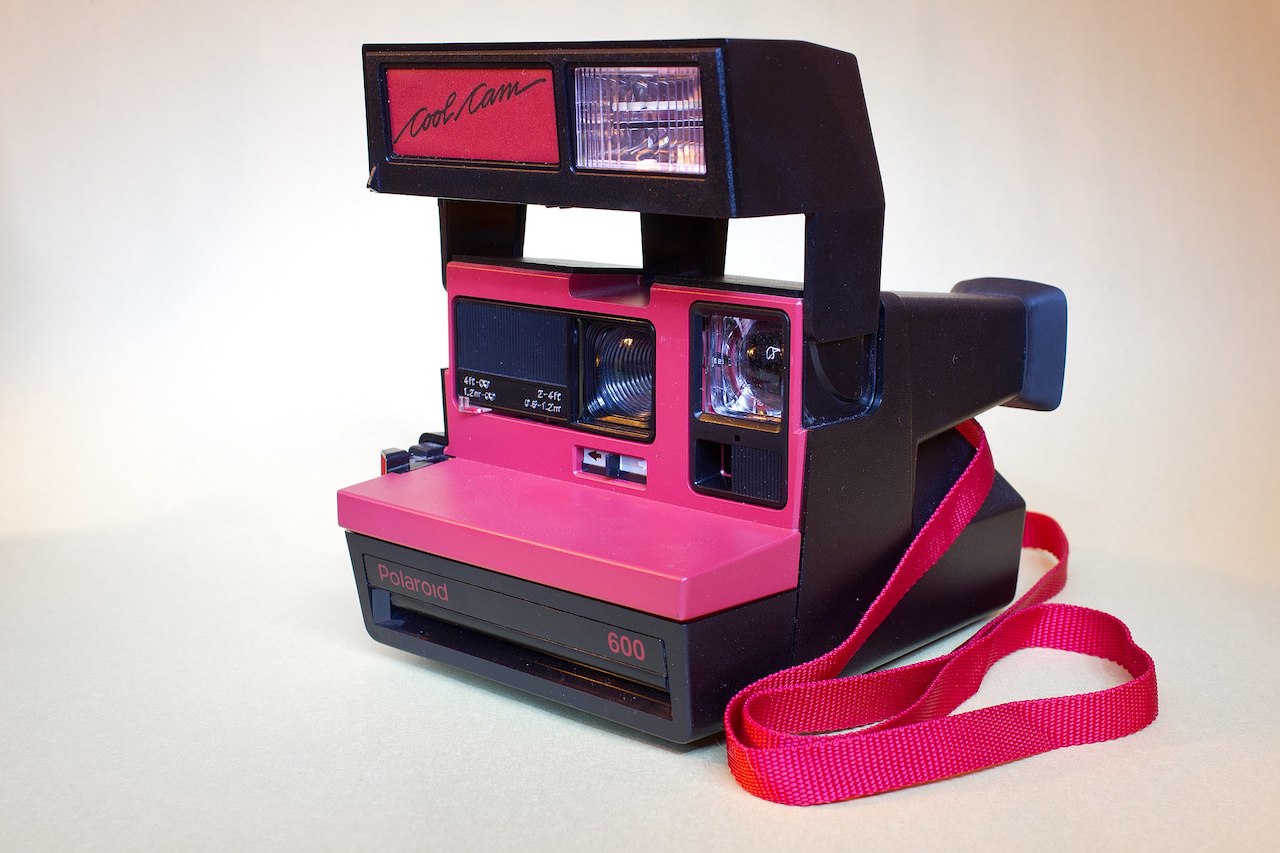
How Git Does It
Now that you have a better grasp of what goes into making a version control/content management system, we’ll take a look at the Git equivalents.
Snapshot folder = .git folder
Remember our snapshot folder? It was kind of distracting to see that folder in your working directory. When you turn a directory into a Git repository, Git creates a similar directory. Implementing a convention used by operating systems, the folder is named .git. The period preceding the folder name means that, by default, your file showing application (File Explorer on Windows or the Finder app in MacOS) hides that folder from view. (You can change this preference in the settings and thereby reveal a great many hidden files and folders on your computer.)
Staging folder = index file
Git does a lot more than what you learned in the previous pages. You had a folder for staging your commits. Git abstracts out a lot of this process and uses a series of files that point to the correct commit.
Snapshot = commit
In Git speak, a snapshot is called a commit; you’re committing the snapshot to the snapshots folder, or as Git calls it, the repository. A repository acts as the history of your project’s files. It is a record of the changes, as recorded by you, every time you take a snapshot (or commit) of the working directory.
Timestamp folders = SHA1 hashes
If you peeked into the .git folder, you’ll notice there are no folders with dates for names representing your commits. Git stores all of the commits in a folder named objects. Within the objects folder you won’t find a bunch of files, either. Instead, Git creates a hash (a series of alphanumeric characters) of the contents of the file, and stores that as a file known as a blob.
Git uses the SHA1 hashes to refer to the commits. To checkout, or view, a certain commit, you reference the SHA1 hash for that commit.
There are a bunch of other files and folders in the .git folder, and a lot of functionality not discussed.
Alternative Timelines/railway tracks = branches
Git uses the analogy of branches for the ability to create alternate pathways in the development of your project. Branches also make it very easy for collaborators to work together. One collaborator can make changes to the project in a branch without affecting the files for everyone else in the group. At any point, other collaborators can check out other branches to see if the changes are acceptable and then merge them into the main branch for the project.
Info.txt = commit message
A properly formed Git commit subject line should always be able to complete the following sentence:
If applied, this commit will your subject line here
Example subject lines:
- Add two pages to chapter 1
- Update notes with inclusion of step 4
- Add the fluffy bunny picture
7 “rules” of Git commit messages
- Separate subject from body with a blank line
- Limit the subject line to 50 characters
- Capitalize the subject line
- Do not end the subject line with a period
- Use the imperative mood in the subject line
- Wrap the body at 72 characters
- Use the body to explain what and why vs. how
7 rules from https://chris.beams.io/posts/git-commit/
Share code with others = push and pull from a central repository (GitHub, GitLab, etc.)
There are several ways to share Git repositories with collaborators. GitHub, GitLab, et al. provide a central place for collaborators to copy from a repository (pull in Git speak) or send to a repository (push in Git speak). An individual can also share their repository directly with their collaborators as simply as copying their project folder from one computer to another (such as a zip file shared over email).